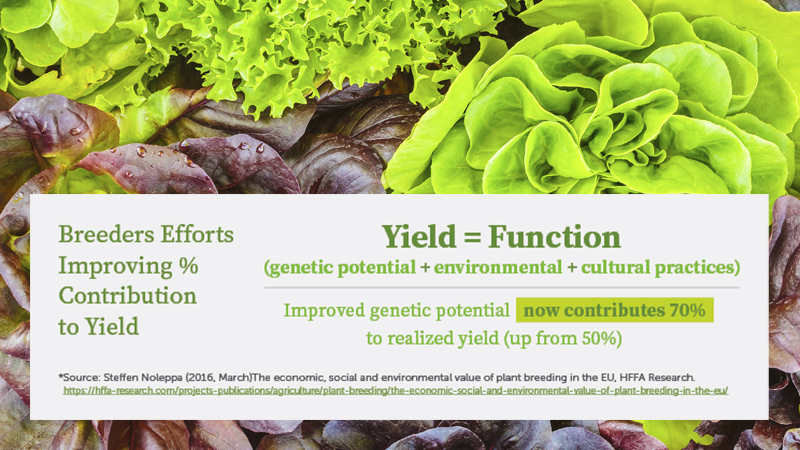Priority High On Producing Proprietary Citrus Varieties
Most Florida citrus nurseries were first exposed to the concept of licensed proprietary citrus varieties in 2003-2004. Initial acceptance was very poor, and most nurseries viewed the process as overly cumbersome, unnecessary, and unlikely to gain traction. Though the formation of New Varieties Development & Management Corp. (NVDMC) in 2005 enhanced the overall awareness of variety licensing, few nurseries executed agreements.
The recent rapid expansion of nursery participation in variety licensing programs may be driven by a number of factors. Nurseries and the growers they serve are clearly seeking material that will better tolerate HLB in the field. Disease pressure is likely enhancing nursery participation in licensing programs for rootstocks and scions. However, orange growers also are seeking varieties with “Valencia-like” quality over a wider range of the season.
Some orange growers are seeking varieties with utility in fresh and processed market channels in order to hedge their bets. Fresh specialty growers are interested in replacing varieties that are less convenient and are falling into consumer disfavor. In many cases, growers and nurseries are evaluating their options and are finding that proprietary varieties meet the need. So is the increase in participation the result of economic necessity or an acceptance of the value of the programs?
The industry is being recreated before our eyes. Available varieties, a rebalancing of acreage by variety type, and new methods of production and advanced grove architecture all will contribute to the process. Nurseries are clearly adjusting their product offering in order to remain on the cutting edge. Proprietary varieties are playing a role in this process.
All things being equal, nurseries and growers will always chose the public domain variety over the proprietary variety. However, for the time being, many of the most promising options fall into the proprietary column. Time will tell whether proprietary varieties, licensing, and the payment of royalties will be permanent fixtures in Florida. For now, 10 years of increasing production of these varieties, enhanced grower demand, and increased nursery registrations is starting to look like a trend.
Pros & Cons
The generally accepted upside and downside to the licensing process for proprietary citrus varieties:
UPSIDE (only applies to publicly developed Florida varieties)
In the face of declining budgets and increasing competition for general revenue dollars to support variety development research, royalties represent a user-fee of sorts. As long as the royalties are sensible and make economic sense for the Florida growers and as long as the process is not overly burdensome for the nursery, royalty income has the potential to sustain variety development into the future.
Patents, licensing, and international protection of plant inventions ensures the interests of the Florida grower (and the markets they serve) will be protected. Likewise, this process helps capture the value of Florida’s investment in the development and evaluation of new citrus cultivars and channel this value back into variety development efforts.
DOWNSIDE
Paperwork, added complexity, and royalties.
NEUTRAL
Some private varieties also may control packing and marketing options. To some, this ensures the protection of the grower/nursery investment and can help support strong FOB’s. To others, this is overly restrictive and less attractive.
Citrus Nursery Variety Licensing
Nurseries variety licensing falls into the following general categories:
- University of Florida Sweet Oranges licensed through Florida Foundation Seed Producers Inc.
- University of Florida Rootstocks licensed through Florida Foundation Seed Producers Inc.
- Fresh varieties licensed through NVDMC
- Experimental fresh selections licensed through NVDMC
- Privately developed or licensed varieties generally licensed directly to the grower and produced through a tightly managed program utilizing one or two nurseries.










